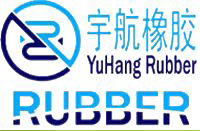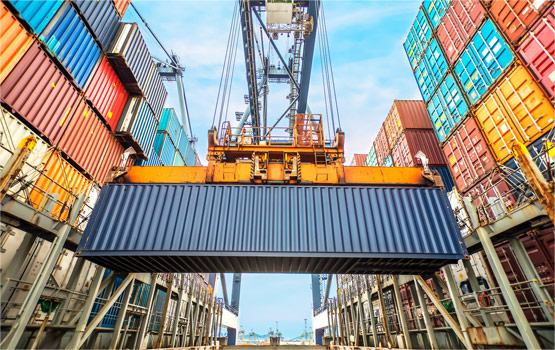Sand Blasting Pipe: Wear-Resistant, Corrosion-Resistant, and Efficient Sand Treatment Equipment
A sand blasting pipe is an essential component in sand processing equipment, featuring excellent properties such as wear resistance, corrosion resistance, high-pressure tolerance, and high-temperature resistance. Whether used in industrial manufacturing, construction cleaning, or surface treatment, sand blasting pipes play an irreplaceable role. This article will provide a detailed introduction to the applications, specifications, advantages, and market prices of sand blasting pipes, helping you understand this product and make a well-informed choice.
Applications of Sand Blasting Pipes
Sand blasting pipes are primarily used in various sand processing equipment, such as sandblasting machines, sandblast rooms, and surface cleaning devices. Their wear resistance and corrosion resistance make them widely used in metal cleaning, surface preparation before coating, and removal of paint or rust. Their design and material enable them to withstand high-strength sand particle impacts, ensuring long service life and reducing maintenance costs.
Specifications of Sand Blasting Pipes
Sand blasting pipes come in a variety of specifications and sizes, typically customized according to the specific needs and types of equipment. Common sand blasting pipe sizes range from 10mm to 200mm in outer diameter, and lengths can be customized to meet client requirements. The material of the sand blasting pipe is a key factor in selection, with options such as alloy steel, wear-resistant rubber, and corrosion-resistant metals to ensure excellent performance in high-pressure, high-temperature, and harsh environments.
Advantages of Wear-Resistant Sand Blasting Pipes
Wear-resistant sand blasting pipes offer significant advantages in withstanding high-intensity friction and impact, ensuring stable performance over long periods. The pipes have strong corrosion resistance, resisting various chemical agents, greatly extending their service life. Additionally, their high-temperature and high-pressure resistance make sand blasting pipes reliable in extreme conditions, widely applied in industrial cleaning, metal processing, and other fields.
Prices of Sand Blasting Pipes
The price of sand blasting pipes is influenced by material, size, and specifications. Generally, high-quality wear-resistant sand blasting pipes tend to be more expensive, but their longer service life and lower maintenance costs make them a cost-effective long-term investment. Prices vary depending on the specifications and materials chosen, and clients can select the most suitable products according to their needs.
Sandblasting Equipment and Sand Blasting Pipe Compatibility
Sand blasting pipes work in conjunction with sandblasting equipment to significantly improve sand treatment efficiency and precision. Sand blasting pipes connect with sandblasting guns, sandblast tanks, and other equipment to complete surface treatment tasks. Choosing the right specification and material of sand blasting pipes can enhance the performance of the entire sandblasting system, ensuring better cleaning effects and reducing equipment failure rates.
Material Selection for Sand Blasting Pipes
The material of a sand blasting pipe directly affects its performance. Common materials for sand blasting pipes include steel, rubber, and alloy pipes. Steel pipes are highly resistant to high pressure and abrasion, making them suitable for high-pressure and large-flow sandblasting systems; rubber pipes are flexible and wear-resistant, suitable for small equipment or areas requiring flexible operation; alloy pipes combine corrosion resistance and wear resistance, making them ideal for harsh environments. Choosing the right material based on actual needs can improve work efficiency and extend the service life of the equipment.
Frequently Asked Questions (FAQ)
1. How durable is a sand blasting pipe?
Sand blasting pipes feature high wear resistance and corrosion resistance, making them suitable for long-term use in high-pressure and harsh environments, offering a long service life.
2. How should I select the material for a sand blasting pipe?
When selecting the material for a sand blasting pipe, consider the working environment (such as high temperatures, high pressures, and chemical corrosion). Alloy steel or wear-resistant rubber materials are commonly chosen.
3. Are there many specifications for sand blasting pipes?
Yes, sand blasting pipes come in various specifications, and clients can choose the appropriate size and material based on their needs.
4. How much do sand blasting pipes cost?
The price of sand blasting pipes is influenced by material, size, and performance. In general, high-quality sand blasting pipes are more expensive but offer longer service life and lower maintenance costs.
5. How do I maintain a sand blasting pipe?
For maintenance, it is recommended to regularly check the pipes for wear or damage, and replace any damaged sections promptly to prevent equipment downtime.
By optimizing the specifications, materials, and applications of sand blasting pipes, you can improve the efficiency of sand treatment and extend the service life of the equipment, reducing maintenance costs. Choosing the right sand blasting pipe ensures that your sand processing system runs efficiently and stably.





































